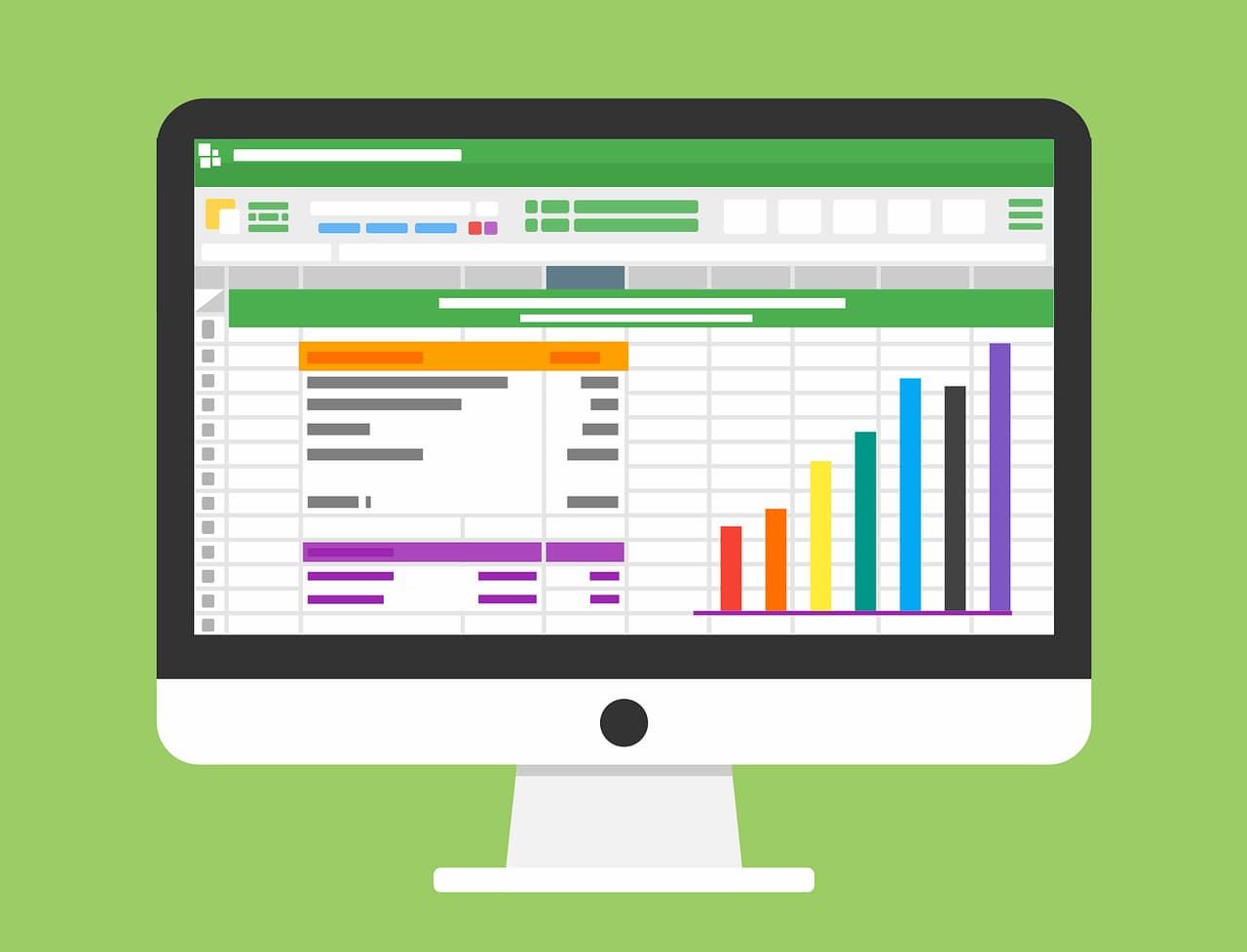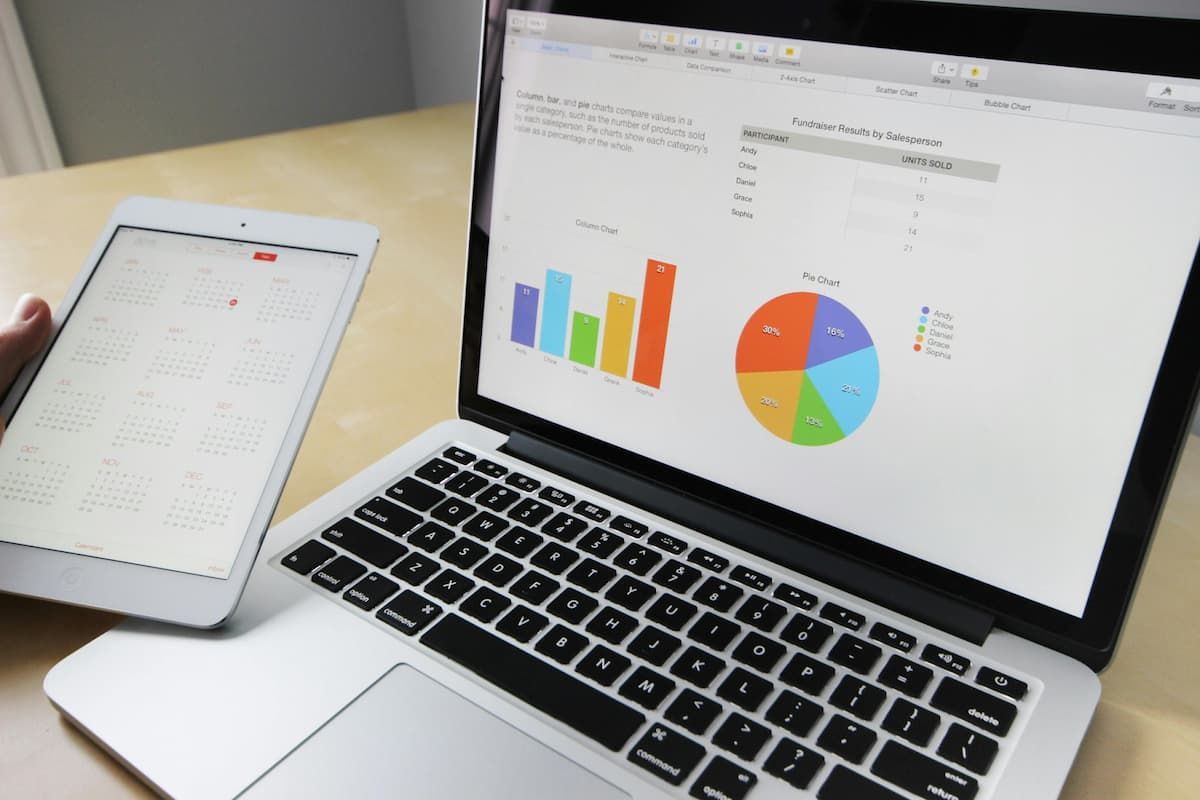13-Week Cash Flow Plan
Your Guide to a Reliable 13-Week Cash Flow Plan

13-week cash flow modeling is more than a spreadsheet exercise. It gives businesses a clear picture of money coming in and going out, helping leaders manage uncertainty and plan ahead. With a rolling 13-week horizon, you can spot shortfalls early, adjust resources, and protect liquidity. As a practical short-term cash flow forecast, it offers week-by-week detail to support faster, smarter decisions. This guide explains what it is, why it matters, and how to use it effectively.
What Exactly Is a 13-Week Cash Flow?
A 13-week cash flow forecast maps out, week by week, the money you expect to bring in and the money you’ll need to pay out over the next three months.
Annual or even monthly forecasts can feel too broad. This model narrows the focus to immediate needs while still providing enough runway to plan ahead. So, what is a 13-week cash flow in business? It is a way to answer the simplest but most important question: Do we have enough cash to meet obligations in the weeks ahead?
Finance professionals often call it the thirteen week cash flow, or TWCF for short. The TWCF meaning is straightforward: a rolling liquidity forecast designed to track short-term solvency. Lenders often require it, executives rely on it, and turnaround experts consider it essential.
Why 13 weeks? Because it balances detail with foresight. Daily forecasts are too granular. Annual ones are too vague. A 13-week plan offers a practical middle ground.
Core Components of a 13-Week Cash Flow Model
Strong 13-week cash flow modeling follows a consistent framework. These four elements ensure clarity for anyone reviewing it, whether it is your leadership team, board, or bank.
Opening Cash Balance
This is the anchor for your forecast. Each week begins with the actual balance in your bank accounts. Without accuracy here, every projection falls apart.
Projected Inflows
Inflows cover all the money expected to come in: customer payments, loan proceeds, asset sales, tax refunds, and other sources.
The critical detail is timing. A $50,000 invoice means nothing if the client consistently pays two weeks late.
Forecasted Outflows

Counting money - Image | Pexels
Outflows include payroll, rent, debt payments, supplier invoices, utilities, and discretionary spending. Breaking them into fixed versus variable costs helps you see which obligations are unavoidable and which can be adjusted.
Net Cash Position
This is the weekly bottom line. By combining your opening balance, inflows, and outflows, you see your projected ending balance.
If it is trending negative by week six or eight, you know action is needed now, not later.
Together, these elements form the backbone of a thirteen-week cash flow model that is clear, transparent, and actionable.
Best Practices for Creating a 13-Week Cash Flow Model

Discussing financial matters - Image | Pexels
A forecast is not just about crunching numbers. It is about making decisions. These best practices will help you make your 13-week cash flow example a tool you can rely on.
Use Realistic Assumptions
It is tempting to be optimistic. Maybe you expect a client to pay on time, or you assume sales will bounce back in week four.
But if history suggests otherwise, optimism can sink your forecast. Instead, lean conservative: assume collections lag, build in seasonal dips, and reflect actual behavior.
You will end up with a plan that is useful, not wishful.
Update Frequently (Weekly)
A weekly cash flow forecast is not a “set it and forget it” document. Every week, add actual figures to your calculations and move the horizon forward to keep 13 weeks of visibility.
It's like a GPS changing your course. You have to continuously give it new facts for it to work.
Build in a Buffer or Contingency Line
Surprises happen. Equipment breaks, legal fees pop up, or a supplier requests early payment.
By building a contingency line into your TWCF, you create breathing room. That small cushion can be the difference between calmly adjusting and scrambling for emergency financing.
Model Multiple Scenarios
Business rarely unfolds exactly as expected. Build at least three versions of your forecast: base case, best case, and worst case.
If receivables arrive late or expenses spike, you will already have a plan. Scenario modeling does not just prepare you. It gives you options, and options give you control.
When and Why to Use a 13 Week Cash Flow Forecast
The 13-week cash flow forecast is most valuable in situations where precision and foresight matter.
- Restructuring or Turnaround: If a business is under pressure, lenders often want a 13-week cash flow. It indicates whether bills can be paid and helps rebuild trust during tough times.
- Working Capital Planning: For steady companies, it indicates whether cash on hand will cover near-term needs or if borrowing is a more prudent option. It helps guide choices about suppliers and reinvestment.
- Cash Burn Rate Tracking: Startups monitor how quickly money is being spent. A 13-week view tells them exactly when funds will run low, giving time to raise more before it’s too late.
- Seasonal Cycles: Retailers, manufacturers, and hospitality groups use it to match strong sales weeks with slower ones. It makes sure payroll, rent, and vendors are covered all year.
See how Cash Flow Frog can help your retail business
Read moreIn each case, the 13-week format provides tactical clarity that annual or monthly projections often miss.
Tools and Templates to Build a 13 Week Cash Flow Model

Financial charts - Image | Pixabay
The good news is that building a 13-week cash flow forecast example does not have to be complicated.
Options include:
- Spreadsheets (Excel, Google Sheets): Flexible but prone to version control issues.
- Templates: Many advisors share starter templates that speed up adoption.
- Dedicated Software: A modern cash flow forecasting tool like Cash Flow Frog integrates with accounting systems and automates updates, removing manual work.
Spreadsheets can work for very small teams, but they often lead to errors, version issues, and wasted time on manual updates. Cash Flow Frog automates the process by pulling data straight from your accounting system, so you always have an accurate 13-week cash flow forecast without the spreadsheet headaches.
Start today with Cash Flow Frog projections and see how easy building a 13-week cash flow can be.
How to Interpret a 13 Week Cash Flow Forecast and Take Action
A forecast only matters if you use it. A 13-week view helps you stay ahead:
- Spot problems early: If the numbers show cash running short in week 8, you have time to react, not just react in a panic.
- Talk to stakeholders: Vendors and lenders are easier to work with when you show them the numbers before there’s a problem.
- Control your spending: If the forecast says there will be tight weeks, put off tasks that aren't necessary.
- Speed up payments: Send reminders, make the terms stricter, or give minor reductions to receive the money quickly.
- Change your payables: Ask your vendors for la onger time to pay their bills so that your outflows meet their inflows.
Reviewing a forecast is harder if you’re stuck in spreadsheets. Numbers can quickly become outdated, and updating them every week can take hours. With good cash flow software, the data refreshes automatically, so you’re always working with the latest numbers instead of chasing estimates.
Tools like Cash Flow Frog forecasting remove the manual work and give you a clear 13-week cash flow forecast you can act on right away.
How a 13 Week Cash Flow Model Differs from Monthly or Annual Cash Flows

Charts and a business calendar - Image | Pexels
Not all forecasts serve the same purpose.
- Annual Forecasts: Best for budgeting and strategy, but too broad for immediate cash management.
- Monthly Forecasts: Provide more detail, but still too coarse. They can miss crunch points within the month.
- 13-Week Forecasts: Offer tactical visibility while allowing enough lead time to adjust course.
That is why a 13-week cash flow model has become a go-to standard for operational finance. It bridges long-term vision and short-term reality.
Real-World Use Cases from Finance Professionals
The value of TWCF becomes clear when you see it in action.
- *Manufacturing Company: Used a thirteen week cash flow during restructuring to prove repayment ability. This built lender confidence, leading to extended terms and avoiding insolvency.
- SaaS Startup: Ran weekly updates to track its cash burn rate. By spotting a projected shortfall 10 weeks ahead, the founders raised new capital before reserves ran dangerously low.
- Retail Chain: Incorporated TWCF into working capital planning. By forecasting holiday spikes and off-season troughs, they paid suppliers on time and avoided stock shortages.
- Consulting Firm: Modeled multiple 13-week cash flow examples, including conservative, realistic, and optimistic versions. The data provided executives with the confidence to hire during a period of growth without risking liquidity.
These are not abstract exercises. They are real decisions businesses face every week. The thirteen week cash flow model provides the insight needed to act with clarity.
Final Thoughts
A 13-week cash flow forecast is more than simply spreadsheet numbers. It gives CEOs a clear way to foresee problems, spot dangers early, and make changes before they happen. Looking at cash week by week highlights when money could get tight and when there’s room to move.
The discipline behind the process is what makes it powerful. A 13-week cash flow model that is updated weekly, grounded in realistic assumptions, and tested against different scenarios provides more than visibility. It creates confidence with stakeholders, helps protect liquidity, and supports stronger decisions.
In uncertain times, a thirteen week cash flow offers more than reporting; it provides a practical strategy for keeping control and staying steady.
To make that process simpler, start now with Cash Flow Frog and build your forecast the easy way.
Start now with Cash Flow Frog and build your forecast the easy way
Start NowRelated Terms
FAQ
Looking for more help?
Visit our help center to find answers to your questions about CashFlowFrog.
Trusted by thousands of business owners
Start Free Trial Now